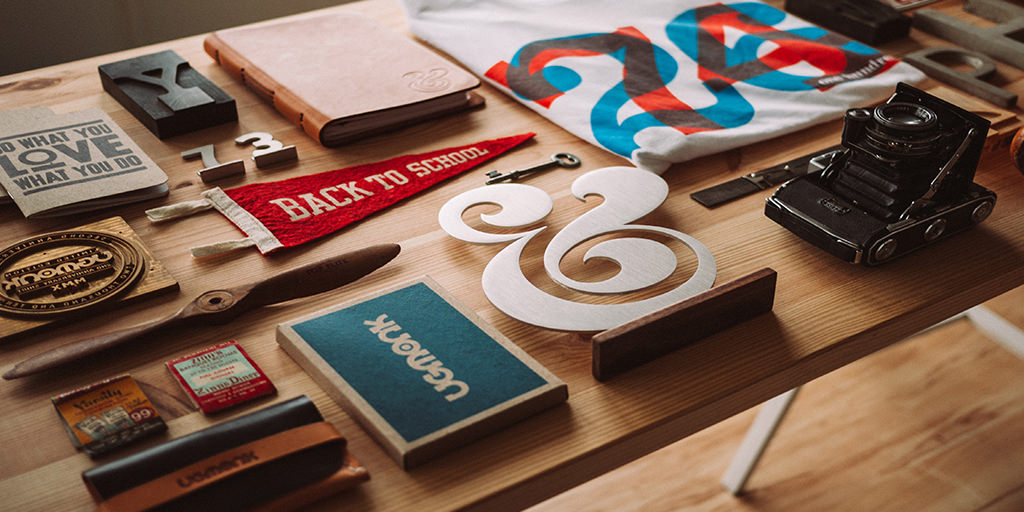The importance of design in creating products and services is the central theme of the series. “Design matters now, more than ever” is a common meme in technology product development. In recent years, IBM has recruited hundreds of designers. Once they were an enterprise that dominated the computing hardware and software markets. Now they’re a leading provider of user-focused experience.
John Maeda created the Design In Tech to report explain the impact of design today. In it, he shows that is there an increase in the number of designer-led firms and startups. John noted a growing interest in making design a core element of the VC and business worlds.
The trend towards making design a central aspect of business and tech is shaking things up. In that light, we need to ask ourselves: what is design exactly?
Design is both a noun (the plan for a thing) and a verb (the act of formulating the shape, function and plan of a thing). This is a good start for understanding design. Still miss some of the sense of what we mean when we speak about design as a major factor in products today.
The meme is that design is far reaching and growing in influence. But it feels like we don’t have a working definition that captures how we view design today. If design touches goes all the way the roots of a thing, how is it distinct from something like engineering? If design maintains a strong tie to the aesthetic forms of objects, why isn’t it just applied art? To make matters worse, there is disagreement amongst designers. Here’s what Mike Monteiro has to say on the subject in Design is a Job:
If you ask five designers to define design, you’ll get five different answers.
This is in part due to the history of the practice of designing, and in part to the evolving role of the designer. Design emerged as a distinct discipline in the first half of the 20th century. This occurred alongside the rise of automation in manufacturing. Craftsmanship became the exception in the industrialized fabrication of products. Design came into its own as applied art. At its start, the practice of design focused on the application of aesthetic styling. These creative touches dressed up the underlying chassis of engineering. Think crazy wings on 1950’s-era cars. These elements were surface features, disconnected from the underlying mechanical features.
Even then, some designers were formulating theories and practices of design that went deeper. They began to consider design as an essential component of products. As design evolved, the focus shifted from ornamentation to core elements. Design expanded its reach from its art and craftsmanship base.
Rather than applied art, designing now focuses on how to plan and shape products in context. That context comes from the human beings who will use them.
Design now sits beside other disciplines related to the creation and implementation of products. It now permeates the structure of the process of developing objects. Design overlaps engineering, mathematics, psychology, anthropology, art, research, and business processes.
Design no longer applies to physical objects only. It shapes and influences software, services, and processes. The designer’s role has shifted focus from the end of the process to a holistic view. This view encompasses everything from conception to delivery. And it applies everything from products to the enterprise itself.
Defining design is slippery. The boundaries of design are subjective and mutable. But there do seem to be some things that are generally agreed upon as key:
- Solves problems
- Carried out as an intentional practice
- Applied to an object or system
- Expressed in function, form and shape
- Grounded in context of the user
This isn’t an exhaustive list by any means. It provides a floor on which we can build a better understanding of what design is and how we can use it. There is still an aspect of definitive objectivity that eludes us. But that is OK. Maybe all we need are some constraints so that we can reach a common frame to applying effective design.
With this in mind, I would like talk about how we define design at Cantina. Here is our definition:
Design is the use of deliberate practices to create artifacts that fit a given task and context. The artifacts may be products, processes, or complete interacting systems.
We see design permeating everything we do. Design is the driver to crafting quality products and delivering elegant systems. We can practice design in many ways. We can apply experience design to shape how people interact with products. We can practice visual design to provide exciting and compelling forms. We can do technical design to craft high-quality software. In all cases, it is design that sits at the core of what we do. Design is both the plan for an object and the act of deciding on the form and function of the object.
Delivering on the promise of design is our prime directive. The ultimate expression of design is the satisfaction and trust of a user. A user that finds that a thing is more than just suitable to the task at hand. It is crafted to extend and empower them, to make them more capable. And for us, turning design into a finished thing is why we are here.


